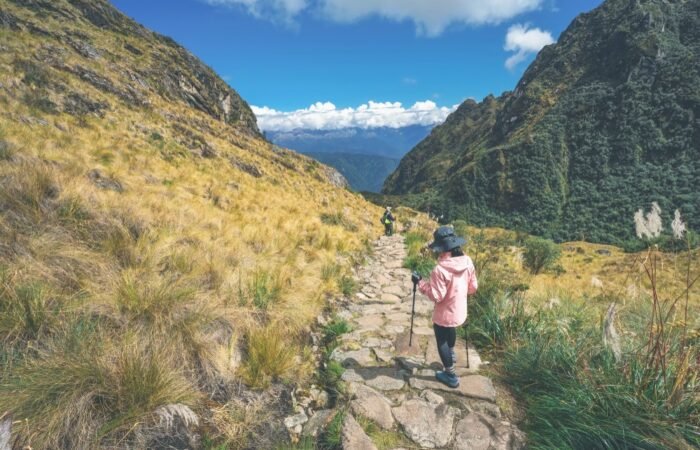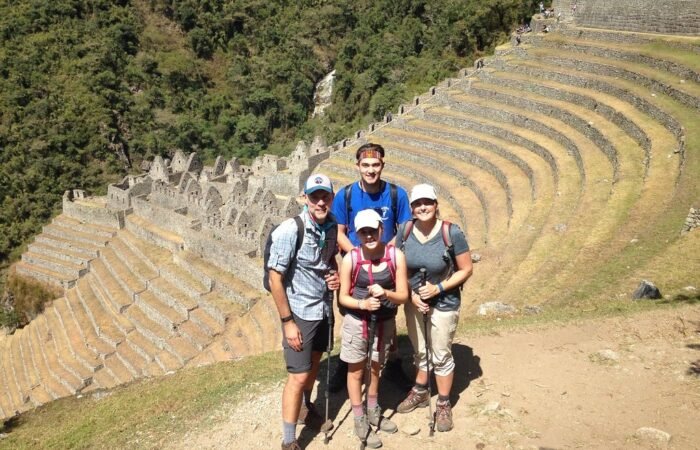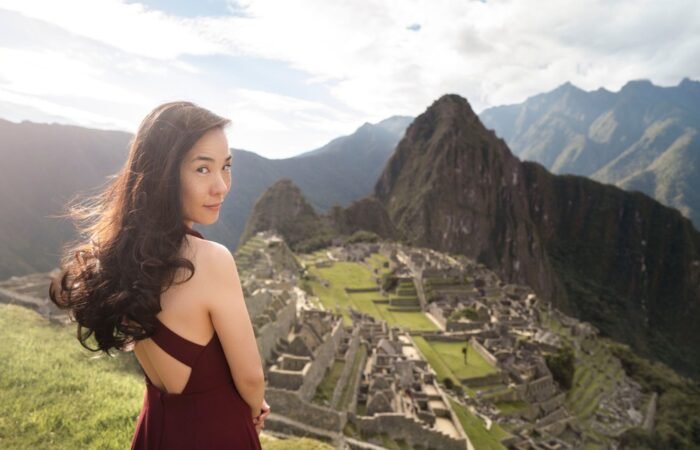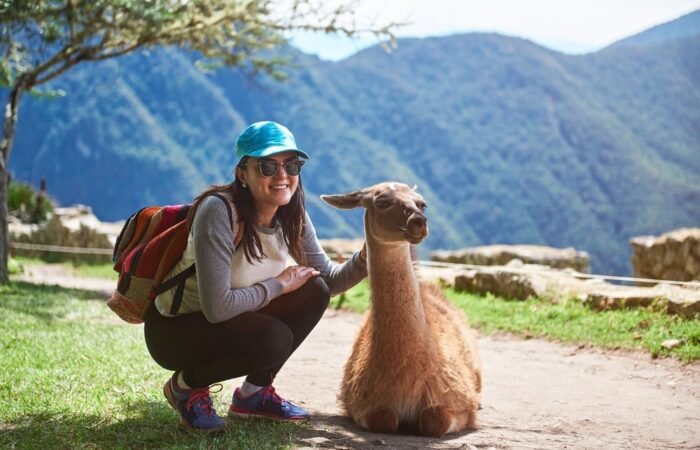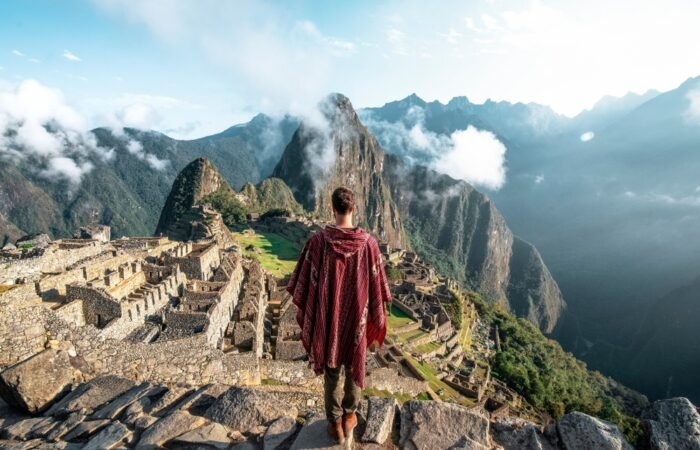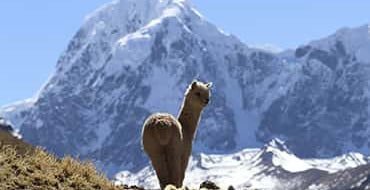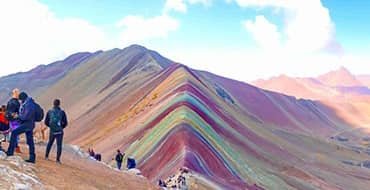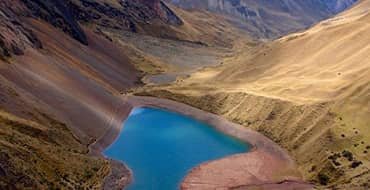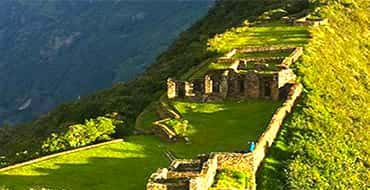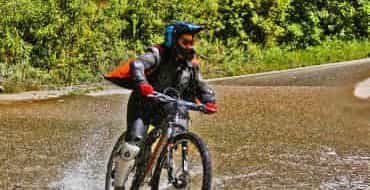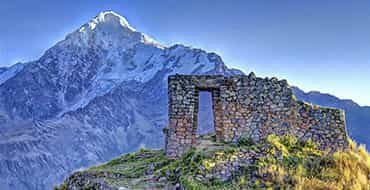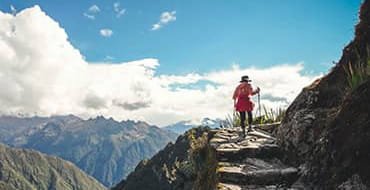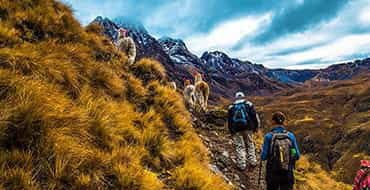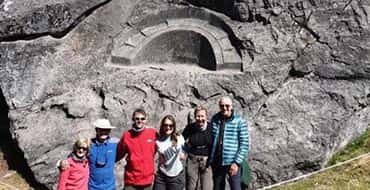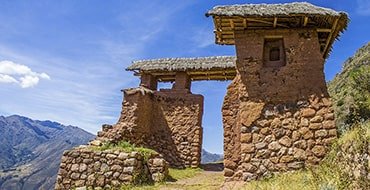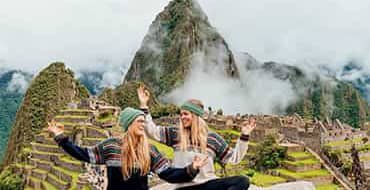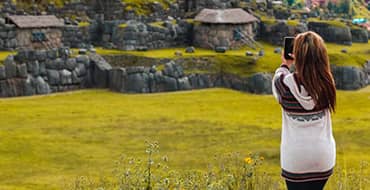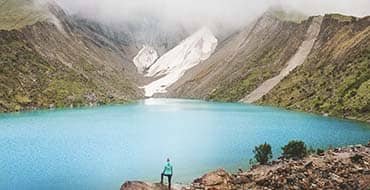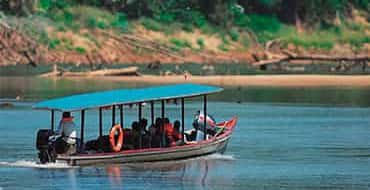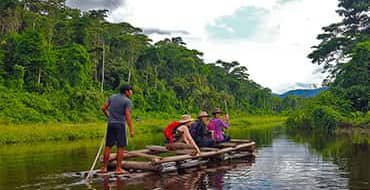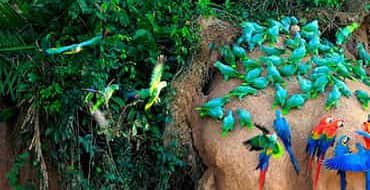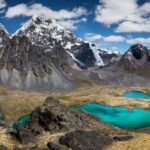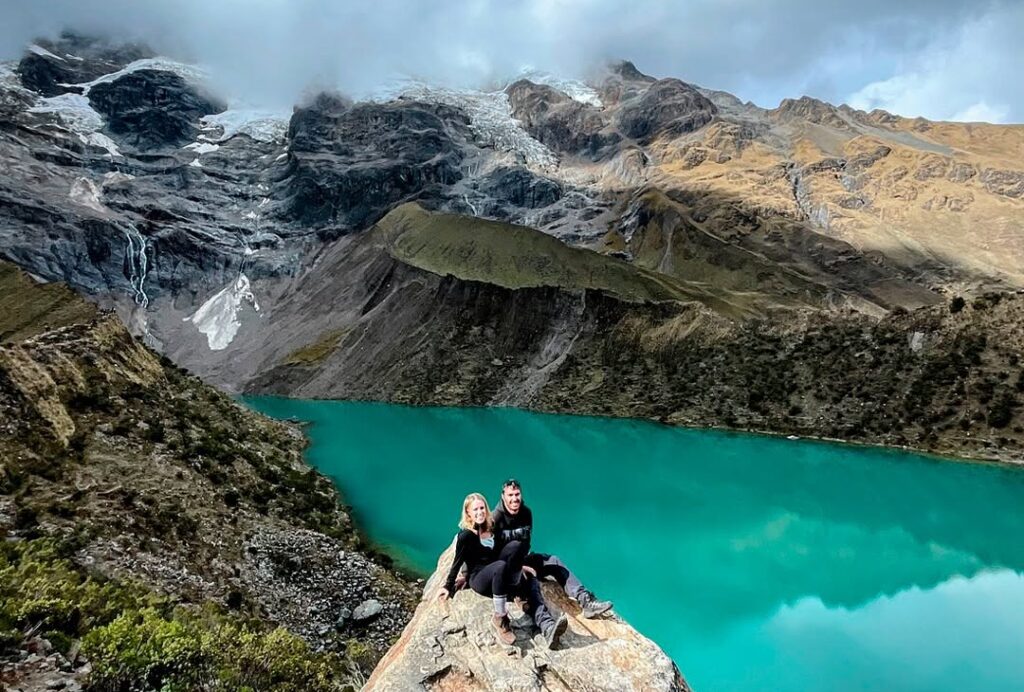
Introduction to Humantay Lake
Humantay Lake is a breathtaking natural wonder nestled in the Andes of Peru, situated at an elevation of approximately 4,200 meters (13,780 feet) above sea level. Known for its stunning turquoise waters, the lake attracts a significant number of tourists seeking to experience the serene beauty of the Andean landscape. Easily accessible from the town of Soraypampa, Humantay Lake serves as a popular destination for both trekkers and casual visitors who are drawn to its picturesque views and vibrant colors.
The lake sits immediately below the majestic Humantay Mountain, a peak that rises to over 5,400 meters (17,717 feet). This impressive setting not only enhances the visual appeal of the area but also provides excellent opportunities for photography and outdoor activities. The vibrant turquoise hue of Humantay Lake is a focal point for many travelers, sparking curiosity and interest regarding the geological and environmental factors responsible for this unique coloration.
Humantay Lake holds cultural significance as well, particularly for local communities who consider it a sacred site. Visitors often participate in rituals honoring the mountain spirits while enjoying the tranquil surroundings. The lake’s natural beauty and cultural importance make it a compelling destination for those exploring the rich heritage of Peru’s Andean region.
The journey to Humantay Lake is an adventure in itself, with the landscape transitioning from lush green valleys to rocky terrains, offering a diverse experience for nature lovers. As a prominent stop on many trekking itineraries, it provides travelers with an opportunity to immerse themselves in the spectacular scenery, making it a destination worth exploring for anyone visiting Peru.
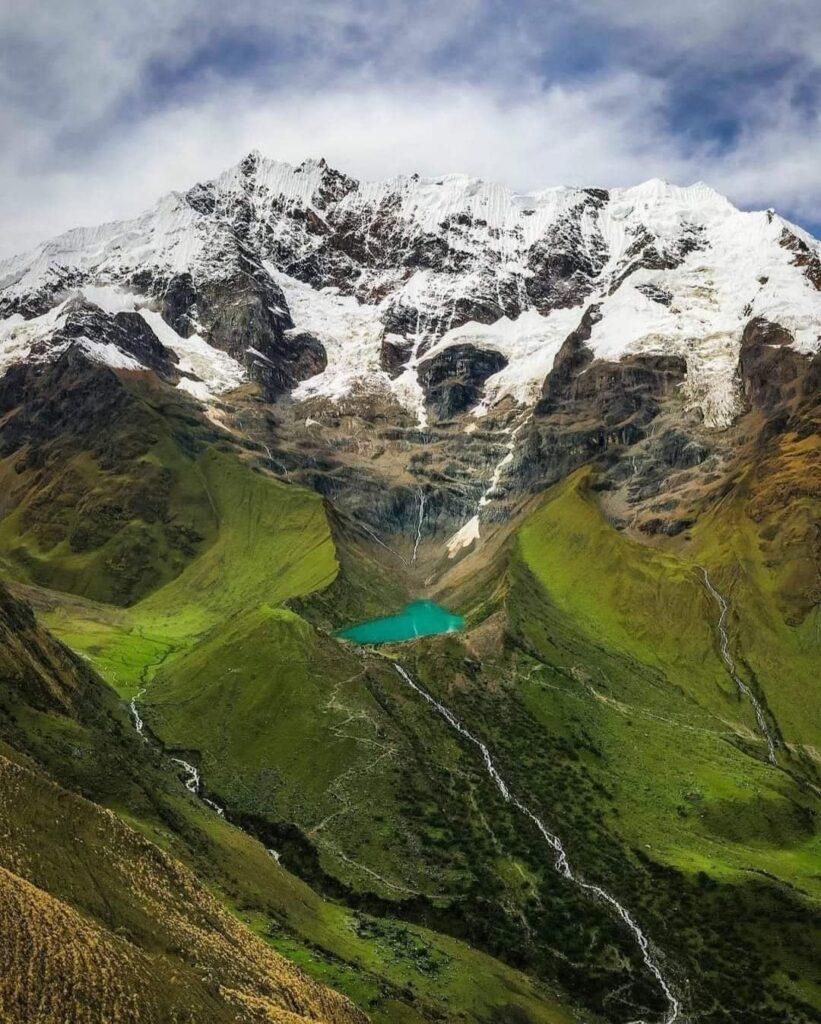
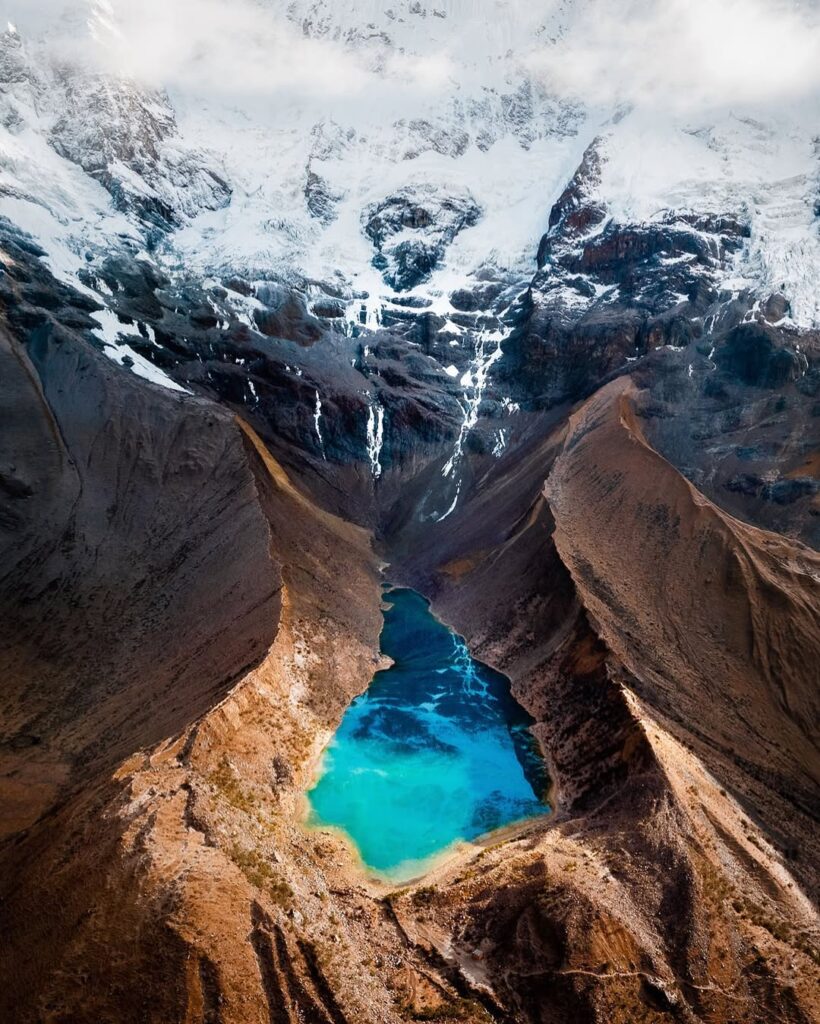
Geological Formation of Humantay Lake
The formation of Humantay Lake is a captivating aspect of its allure, deeply rooted in geological history and natural processes. Situated in the Andes mountain range of Peru, this glacial lake has been sculpted by centuries of glacial activity that began during the last Ice Age. The lake itself sits at an elevation of approximately 4,200 meters (13,800 feet) above sea level, making it an ideal location for the accumulation of glacial meltwater.
Glaciers have played a pivotal role in shaping Humantay Lake’s characteristics. As glaciers advanced and retreated over thousands of years, they carved out the basin that now holds the turquoise waters. When temperatures began to rise, it led to significant melting of these glaciers, resulting in the lake’s formation. The continuous flow of meltwater fills the lake, maintaining its volume and contributing to its distinct coloration.
One of the intriguing features of the lake’s vibrant turquoise hue can be attributed to the mineral deposits found in the surrounding rock formations. The lake is enriched with clays, silica, and other minerals released by the erosion of nearby mountains. As sunlight interacts with these minerals and the polarizing properties of the water, it creates the striking blue color that attracts visitors from around the globe.
The topography surrounding Humantay Lake further influences its formation. The steep slopes of the Andes, coupled with unique weather patterns, contribute to the lake’s ecosystem. Rain and snowmelt feed into the lake, while various geological features, such as rock formations and valleys, direct the flow of water. Together, these elements create a harmonious balance that defines Humantay Lake’s stunning natural beauty and geological significance.
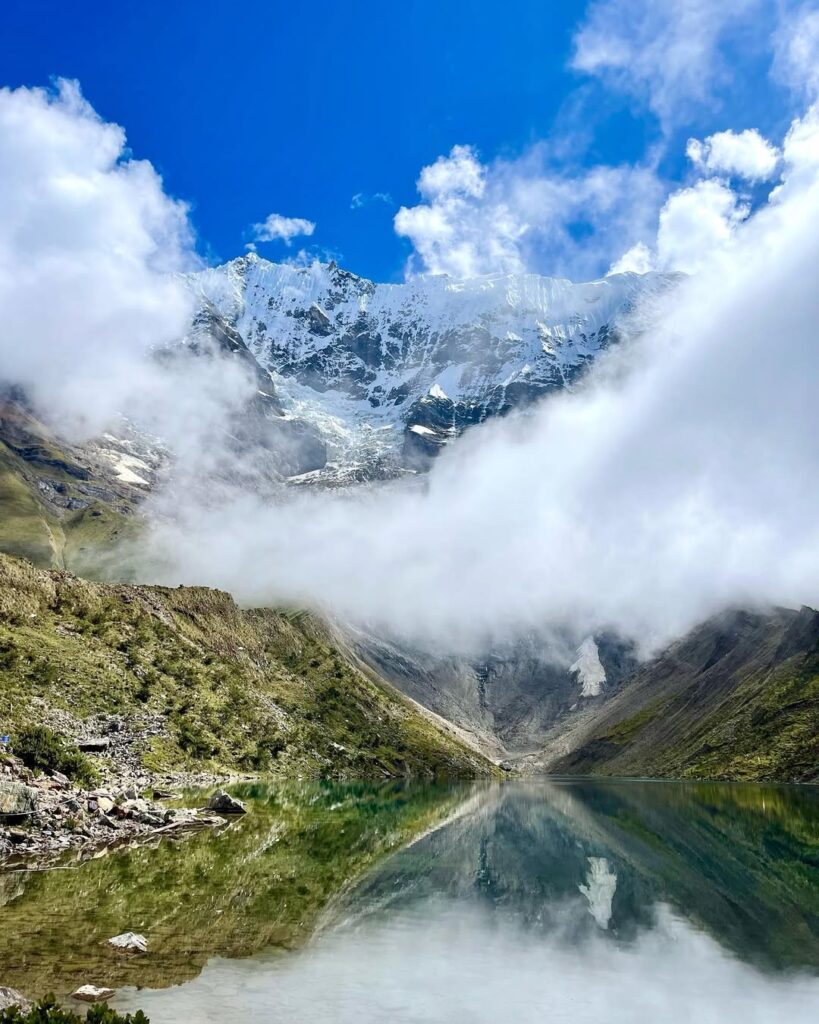
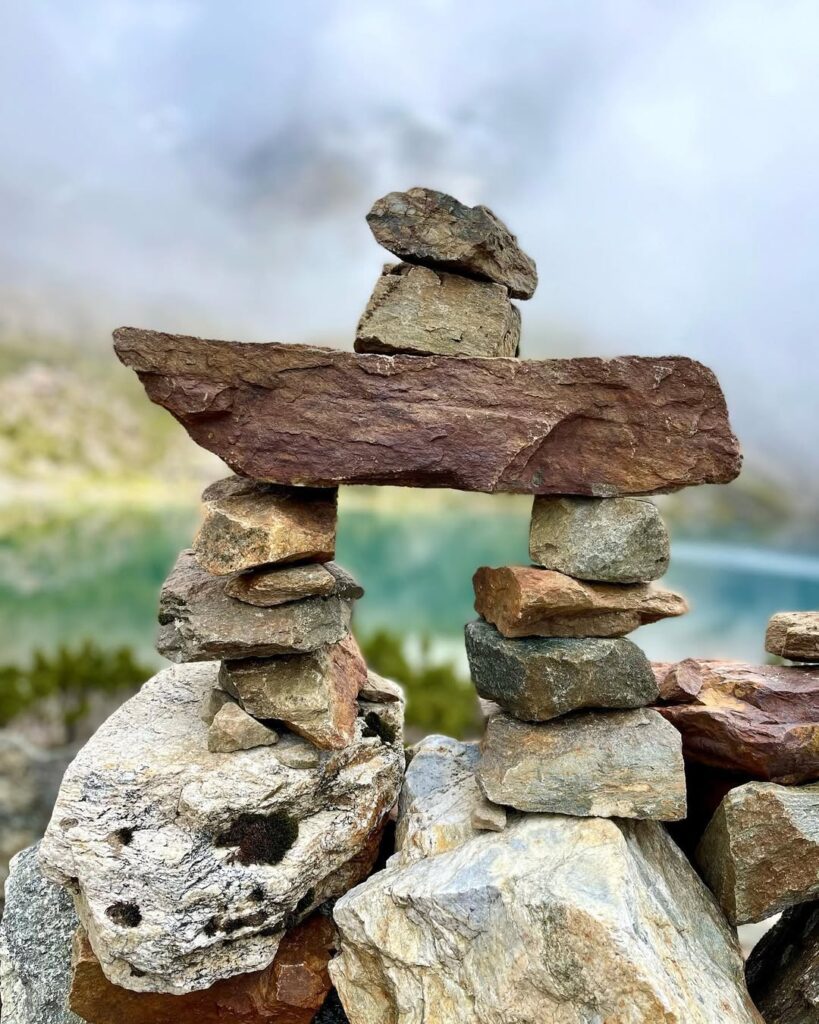
The Role of Minerals in the Lake’s Color
Humantay Lake, located in the breathtaking Andes mountains of Peru, is renowned for its striking turquoise color, a visual marvel that draws visitors from around the world. The distinctive hue is largely attributable to the minerals present in the water, which result from surrounding geological features. One of the most significant contributors to the lake’s color is sediment and rock runoff, which carries various minerals into the water as it flows through the mountainous terrain.
Among the myriad of minerals influencing the lake’s appearance, copper stands out as a key element. When it rains or during the melting of surrounding glaciers, the weathering of copper-rich rocks releases small quantities of the mineral, which then leaches into the lake. This process results in the formation of copper compounds that, when mixed with the other constituents in the water, can produce distinctive shades of green and blue. Additionally, other minerals, such as magnesium and calcium, also play a role by affecting the light refraction within the water.
The interaction of sunlight with these minerals enhances Humantay Lake’s unique reflective qualities. The lake’s opaque surface contrasts with its deep and vibrant color, creating a mesmerizing visual impression. Light is scattered and reflected by the suspended mineral particles and the lake’s water composition, resulting in a dynamic interplay between the mineral content and the sunlight’s angles. This interaction not only elucidates the lake’s beauty but also emphasizes the importance of geological processes in shaping natural landscapes.
In essence, the captivating turquoise color of Humantay Lake is a direct result of mineral runoff from the surrounding mountains. The presence of copper and other minerals contributes significantly to the lake’s unique visual characteristics, making it an extraordinary natural wonder worthy of exploration and appreciation.

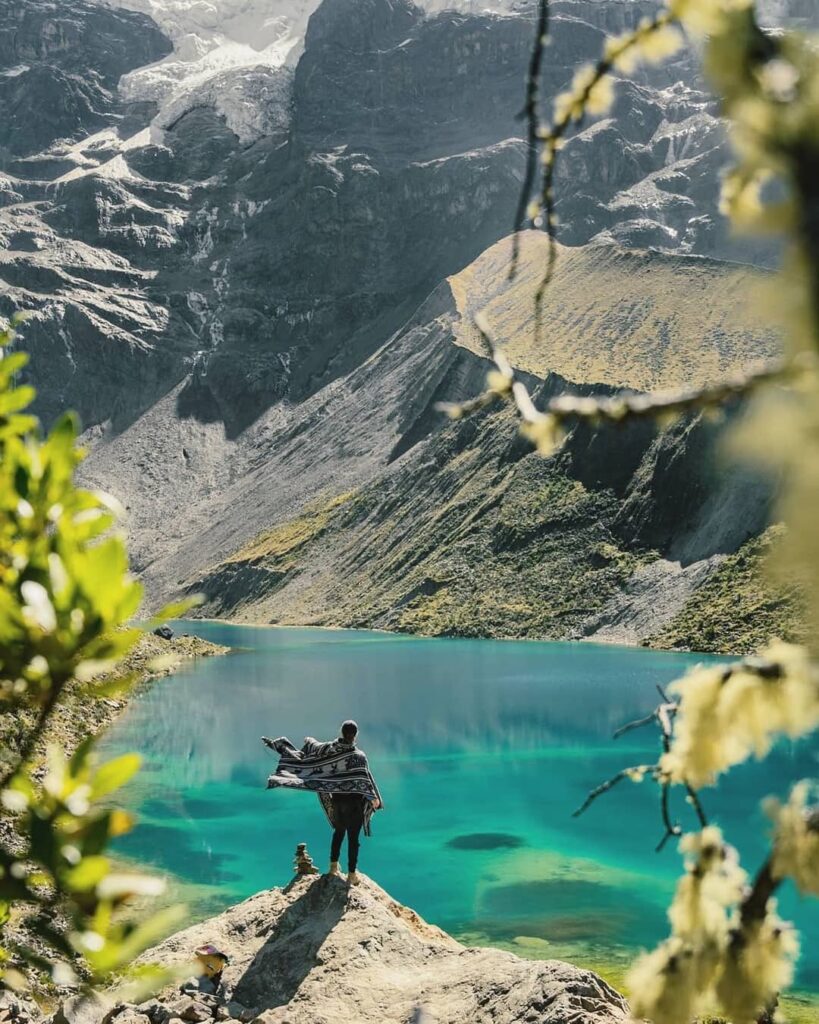
Climate and Weather Influence
The striking turquoise color of Humantay Lake is significantly influenced by various climate and weather conditions throughout the year. The region experiences a combination of predictable patterns stemming from its altitude and geographical positioning. Located at approximately 4,200 meters above sea level in the Andes of Peru, the lake’s environment poses unique climatic conditions that directly affect its appearance.
One primary factor in altering the lake’s hue is the temperature variation throughout the year. The region generally experiences two principal seasons: a dry season from May to September and a rainy season from October to April. During the dry months, lower rainfall contributes to clearer skies, allowing sunlight to penetrate the water more effectively, which enhances the lake’s vibrant turquoise color. In contrast, during the rainy season, increased precipitation can lead to reduced visibility due to sediment influx and cloud cover, which in turn may dull the color of Humantay Lake.
Furthermore, the amount of sunlight also has a critical role in determining the lake’s appearance. Bright, sunny days provide optimal light exposure, causing the turquoise color to intensify as sunlight refracts through the water, revealing the lake’s mineral-rich bottom. Conversely, overcast days or precipitation can have the opposite effect, casting a more muted shade over the water. Interestingly, the angle of sunlight can vary throughout the day and the seasons, resulting in dynamic changes to the color palette of Humantay Lake.
In conclusion, the climate and weather of the Humantay Lake area are essential elements that influence its mesmerizing turquoise color. Understanding these patterns not only enhances appreciation for this natural wonder but also prepares visitors for what to expect during different times of the year.
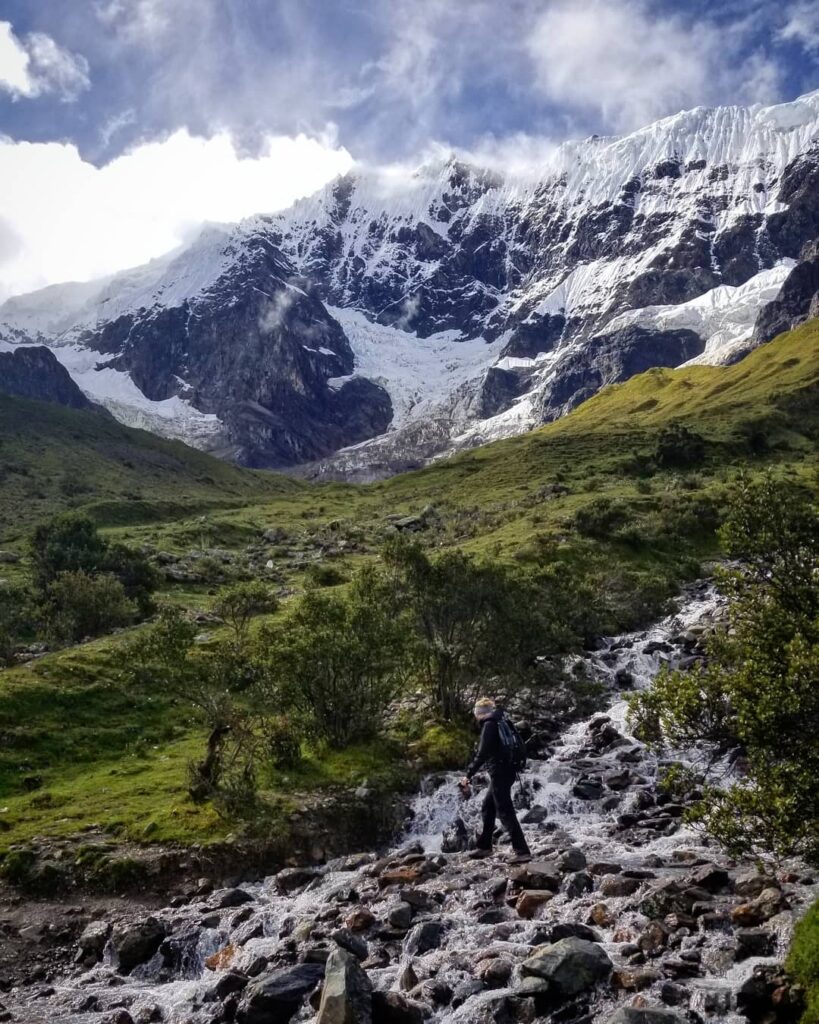
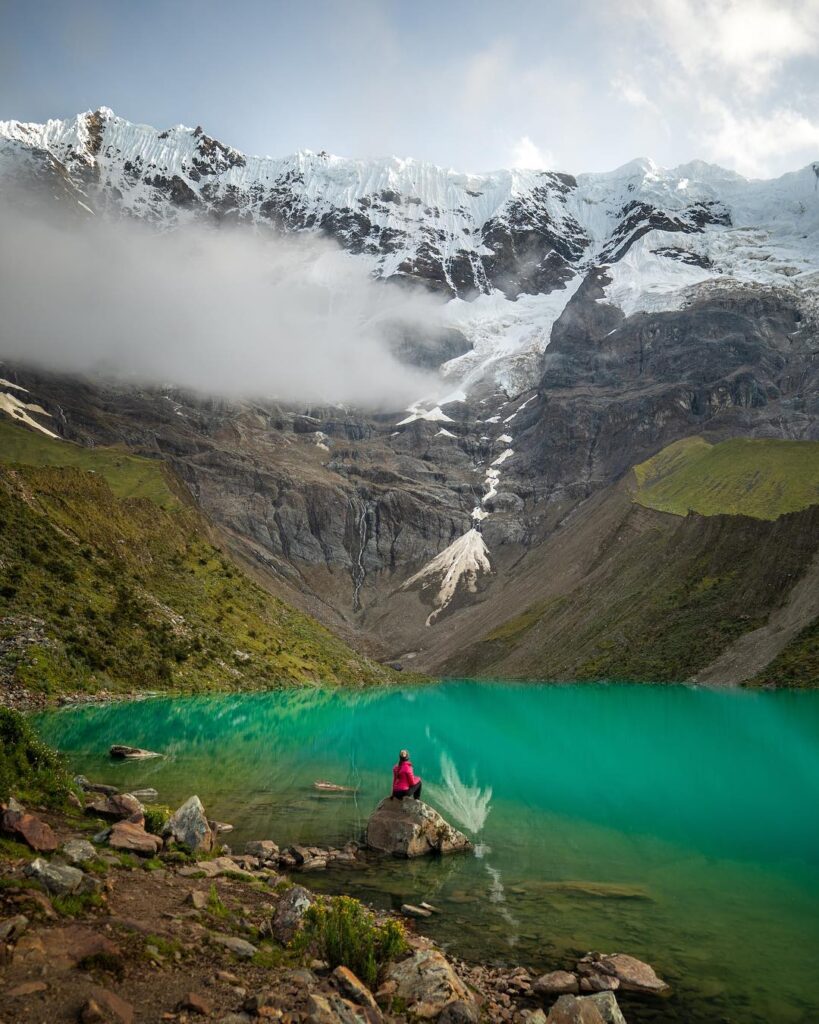
Best Time to Visit Humantay Lake
Humantay Lake, renowned for its striking turquoise waters, is a must-visit destination for travelers trekking through the Andes. To fully appreciate its beauty, it is crucial to choose the right time for your visit. Generally, the dry season, which spans from May to October, is the most favorable period for visiting Humantay Lake. During these months, the likelihood of encountering clear skies and sunshine is significantly higher, enhancing the chances of witnessing the lake’s vibrant colors at their most stunning.
Peak tourist season occurs from June to August. While this period offers favorable weather, it is also marked by a higher influx of tourists. Those who prefer a quieter experience might consider visiting during the shoulder months of May or September, when the weather remains relatively stable, but crowds are significantly diminished. April and October are transitional months where the weather can be unpredictable, but they present the unique opportunity to witness the lake with fewer visitors. Hence, visitors seeking solitude may find these months ideal.
Aside from seasonal considerations, personal preferences for hiking difficulty should also inform the timing of your trip. The trek to the lake typically takes about one to two hours, depending on individual fitness levels. If you aim to enjoy a more leisurely hike, consider visiting in the early morning, when temperatures are cooler, and the trail is less crowded. Altitude can pose challenges, so acclimatizing in Cusco prior to your hike is recommended, regardless of the time of year you choose to visit. By taking these factors into account, travelers can optimally plan their visit to the enchanting Humantay Lake.
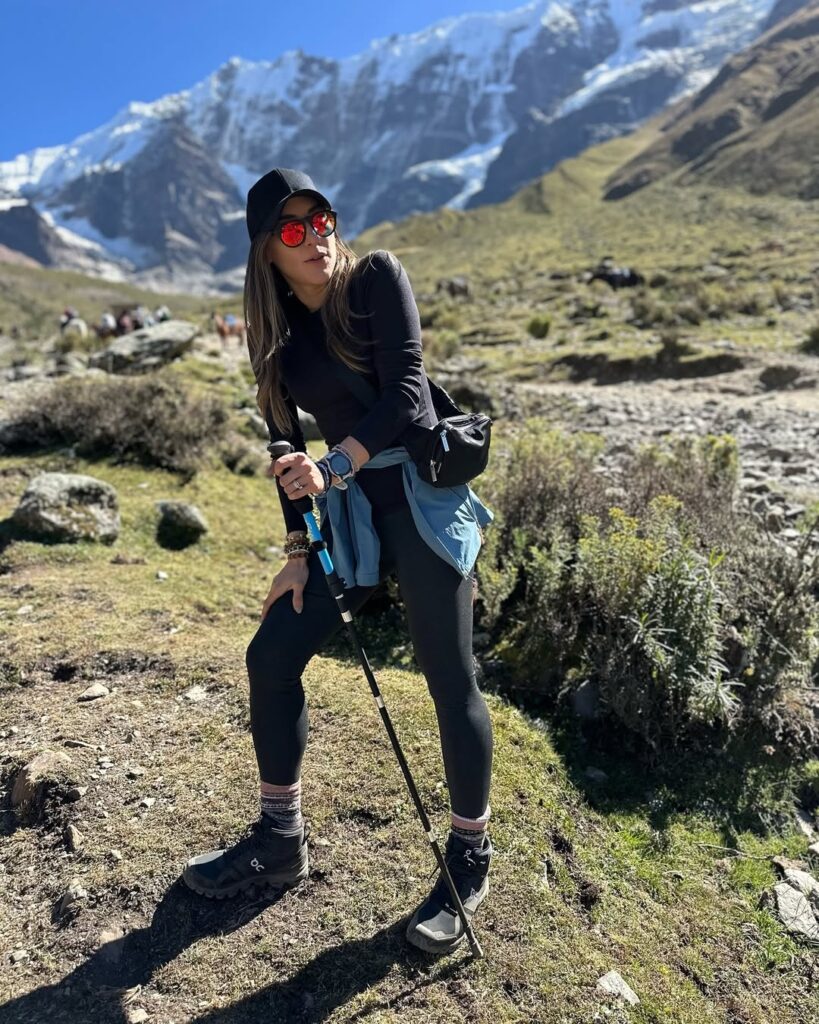
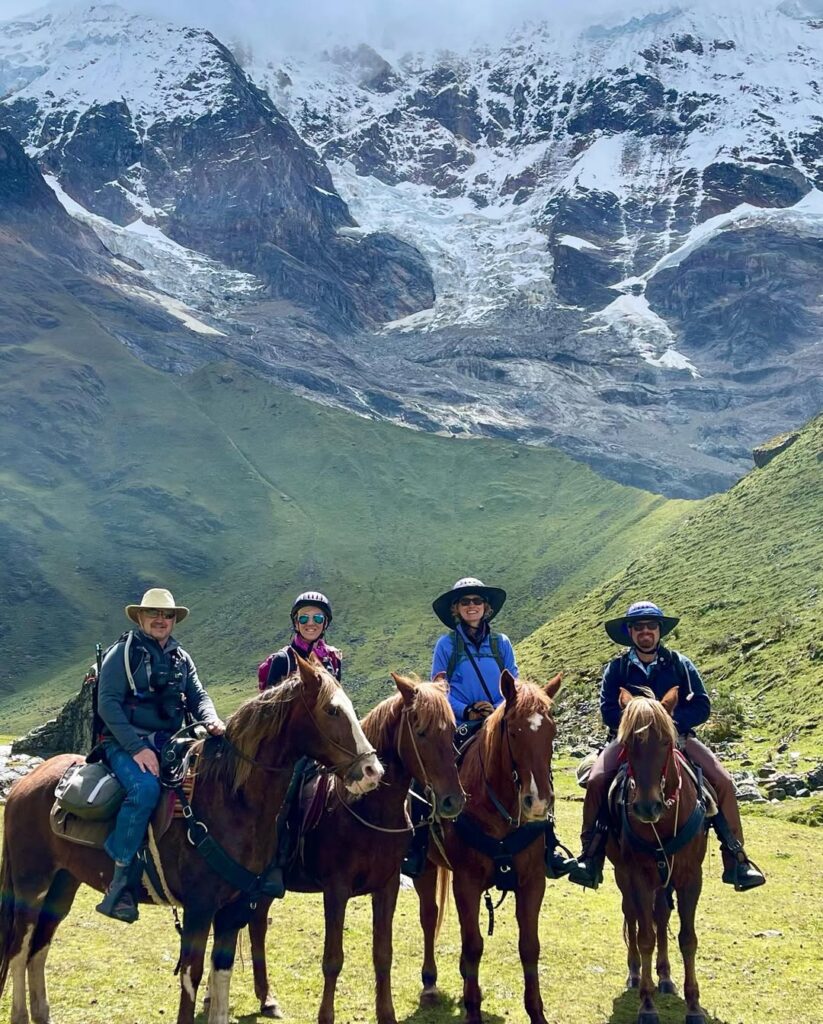
Access and Hiking Trails to Humantay Lake
Accessing Humantay Lake, a stunning natural wonder located in Peru, requires careful planning, primarily due to its remote location and the altitude it sits at. The journey begins from the city of Cusco, which serves as the main hub for travelers looking to explore the surrounding Andes. From Cusco, there are various transportation options to reach the trailhead at Soraypampa. These include organized tours, private vehicles, or public transport options, such as shared vans that regularly depart for the location. The journey from Cusco to Soraypampa typically takes around three to four hours, with breathtaking views along the way.
Once you arrive at Soraypampa, the hiking adventure to Humantay Lake begins. The hike itself is approximately 2.5 kilometers (1.5 miles) one way. Hikers should prepare for a challenging ascent, as the trail gains significant elevation, rising to about 4,200 meters (13,780 feet) above sea level. The hike is generally classified as moderate to difficult due to the altitude and the steep terrain. It is recommended for hikers to acclimatize in Cusco for a few days before embarking on the hike to minimize the risks associated with high-altitude conditions.
The trail to Humantay Lake is well-marked, providing stunning panoramic views of the Andean landscape. Along the route, hikers can expect varied terrain, comprising both rocky paths and sections of softer earth, offering a mix of challenges. The altitude may lead to reduced oxygen levels, so taking breaks is essential to adjust. Commonly, the hike requires 1.5 to 2 hours to reach the lake, where visitors are rewarded with the awe-inspiring sight of its turquoise water, surrounded by majestic snow-capped peaks. With proper preparation and respect for the environment, the excursion to Humantay Lake can be a memorable experience for all who undertake it.
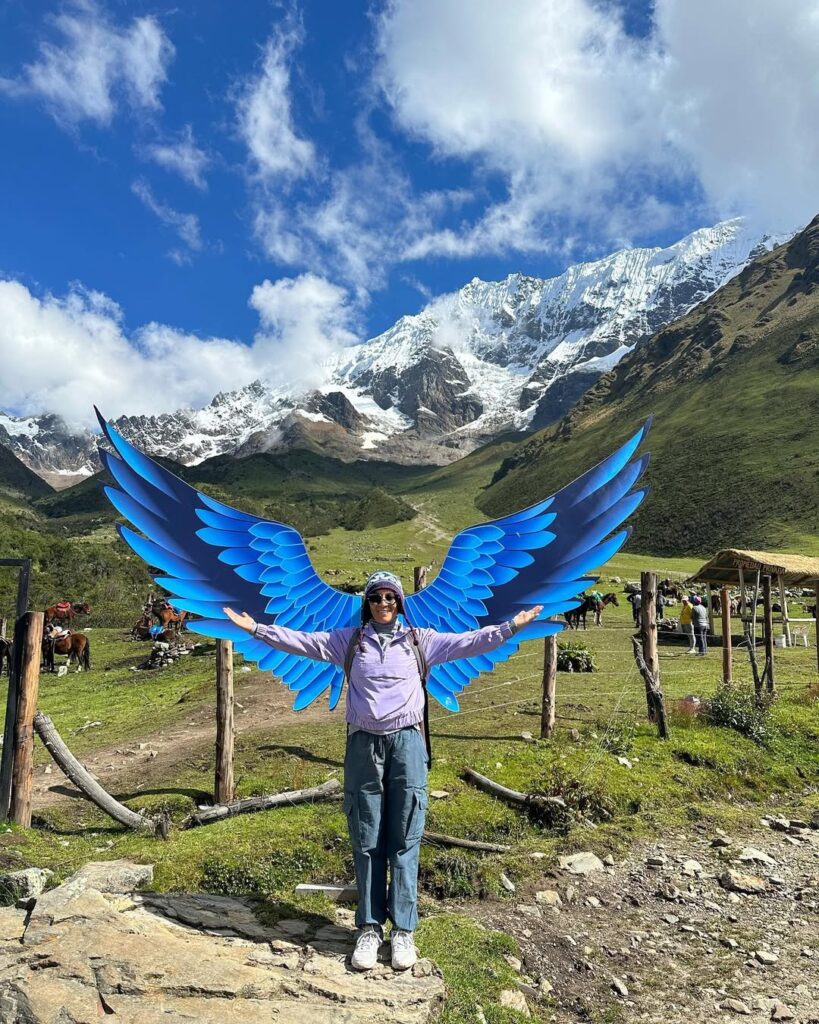
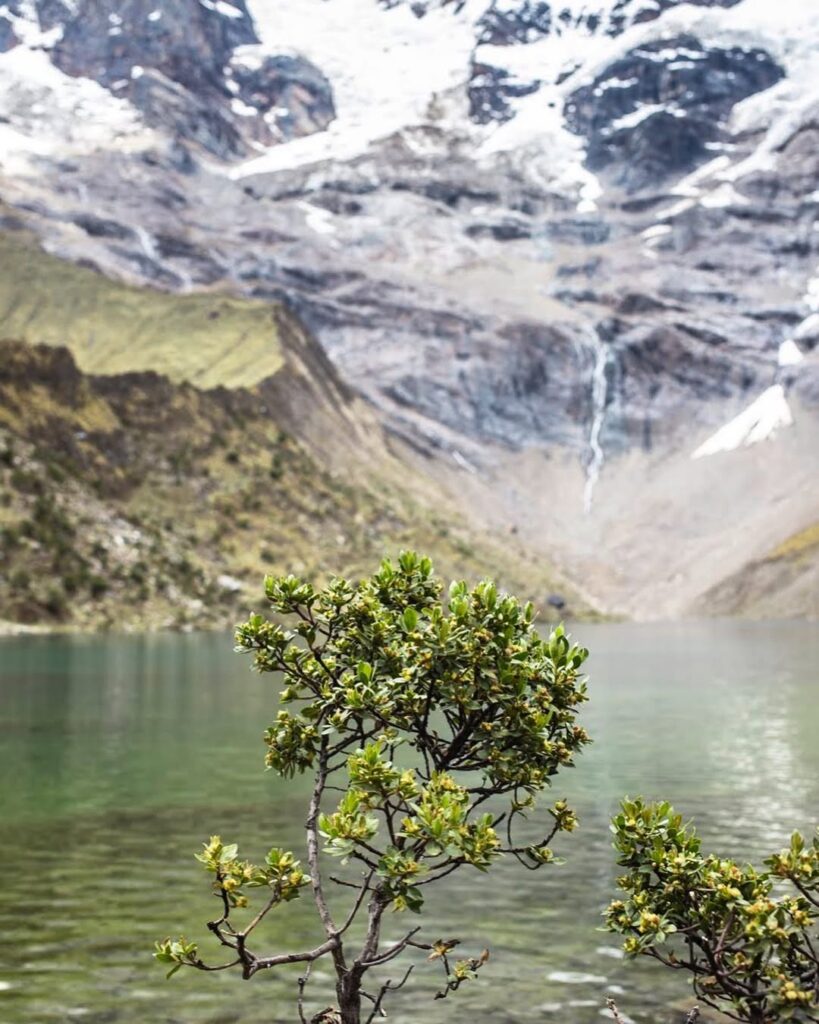
Local Flora and Fauna around Humantay Lake
The Humantay Lake area is not only known for its stunning turquoise waters but also for its rich biodiversity. Nestled in the high Andes of Peru, this region boasts a variety of plant and animal species adapted to the high-altitude environment. The unique ecological conditions, including steep gradients, a wide range of elevations, and distinct microclimates, support an intricate web of life that enhances the beauty and ecological significance of the lake.
The flora around Humantay Lake features a blend of native species, including high-altitude grasses, shrubs, and specially adapted flowering plants. Among these, you will find ‘Ichu’, a resilient grass that is capable of thriving in harsh conditions while preventing soil erosion. Additionally, the stunning ‘Cantuta’ flower, known as Peru’s national flower, often brightens the landscape, adding splashes of color to the rocky terrain. These plant species have evolved morphological and physiological adaptations that allow them to conserve water and withstand strong winds typical of high altitudes, making the ecosystems here vibrant yet fragile.
As for the fauna, the highlands of Humantay Lake are home to various animal species, including the elusive Andean condor, which soars overhead, and several smaller mammals such as the Vizcacha and the Andean deer, known as the Huemul. These animals have developed adaptations that enable them to thrive in the thin air and cold temperatures characteristic of the region. The diverse birdlife, including colorful hummingbirds and the striking Among predators, the Andean fox is a notable resident, well-adapted to its environment and an essential part of the local food web.
The ecological integrity of the Humantay Lake area underscores the importance of conservation efforts. Protecting the unique flora and fauna is vital not only for maintaining biodiversity but also for ensuring that visitors can continue to appreciate the awe-inspiring natural beauty that this region offers.
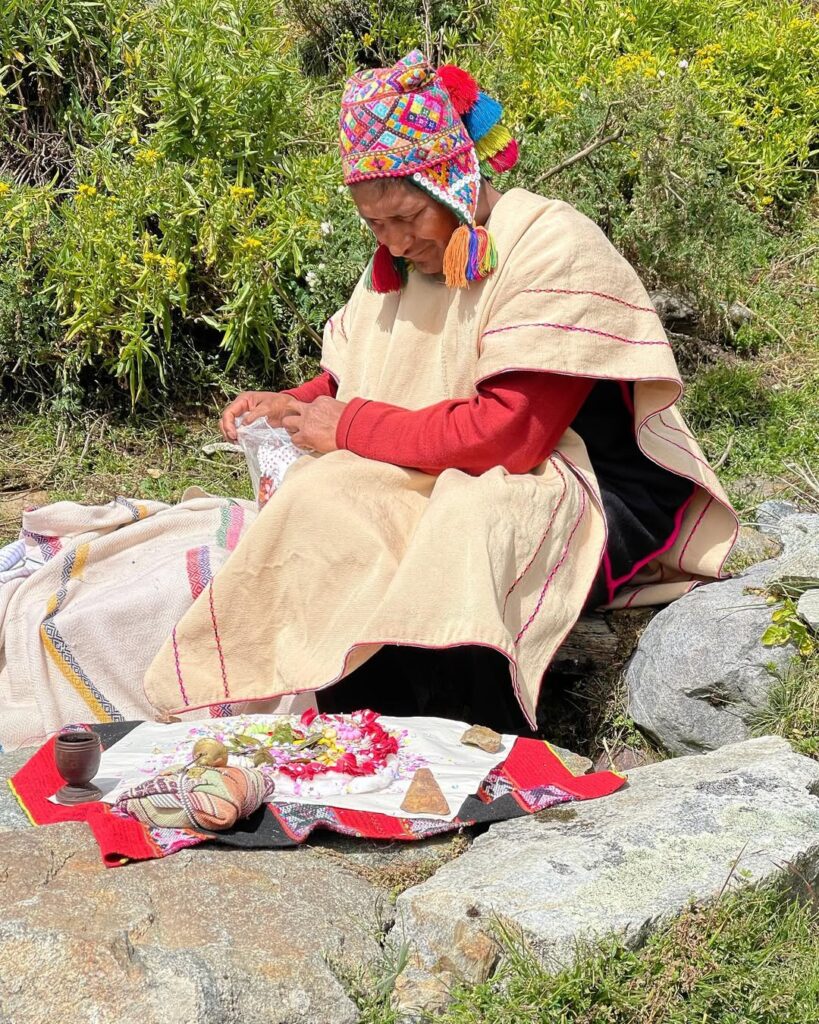
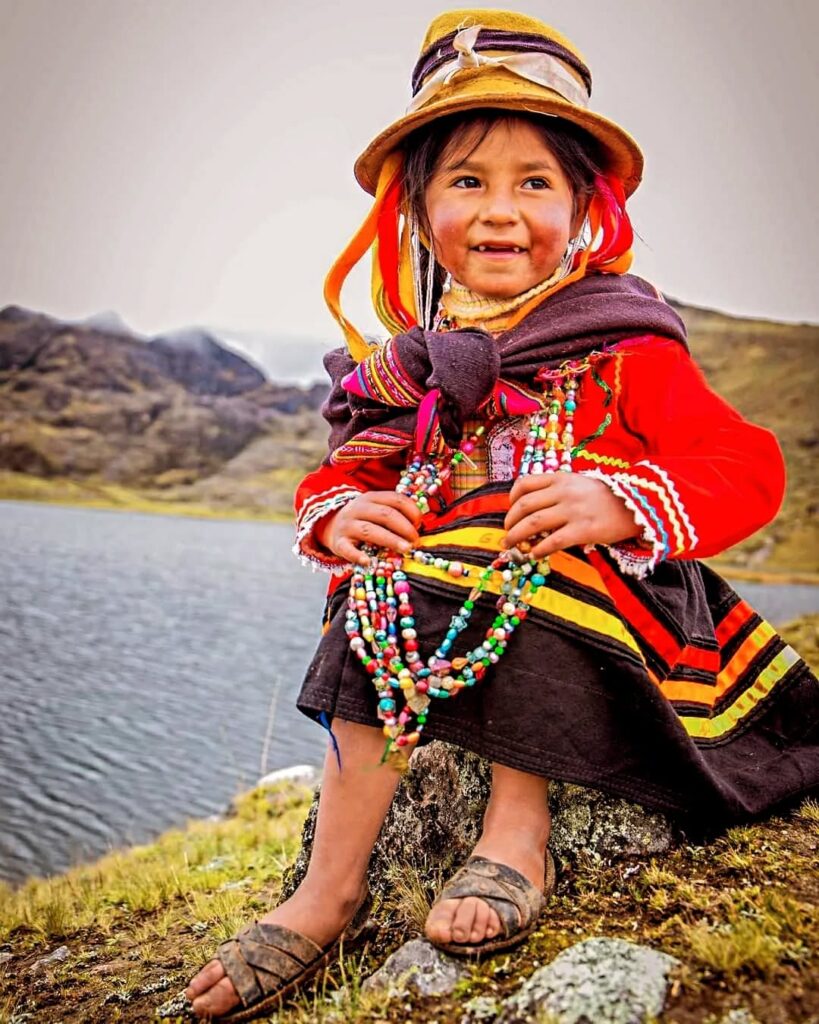
Cultural Significance and Local Communities
Humantay Lake, nestled in the Andes at a spectacular altitude, holds immense cultural significance for local indigenous communities, particularly the Quechua people. The lake is woven into the fabric of their ancestral beliefs, often viewed as a sacred entity that embodies the spiritual connection between nature and humans. It is believed that the turquoise waters of Humantay Lake are imbued with healing properties, making it a vital site for rituals aimed at honoring Pachamama, the Earth Mother, and Inti, the Sun God. These rituals are essential for maintaining harmony between the community and the spiritual realm, showcasing the profound respect these communities hold for their natural surroundings.
Local traditions often involve communal gatherings near the water, where offerings of coca leaves and other gifts are made to ensure balance and prosperity. The lake serves as a backdrop for various festivals and ceremonies that highlight the cultural identity and resilience of the Quechua people. The teachings and legends passed down through generations reflect the lake’s significance, reinforcing the connection between the indigenous community and their landscape.
However, with the rise of tourism, the pristine environment and cultural landscape of Humantay Lake face challenges. While the influx of visitors has provided economic opportunities, it has also led to concerns regarding the commodification of sacred sites and the potential erosion of traditional practices. Communities are increasingly navigating the balance between inviting tourists and safeguarding their heritage. Efforts are being made by local leaders to educate visitors about customs and practices, enhancing cultural appreciation while ensuring that traditional rituals continue to be respected.
As tourism flourishes around Humantay Lake, the juxtaposition of cultural preservation and economic growth becomes critical. By fostering an environment of mutual respect, both visitors and local communities can coexist harmoniously while celebrating the lake’s undeniable beauty and cultural importance.
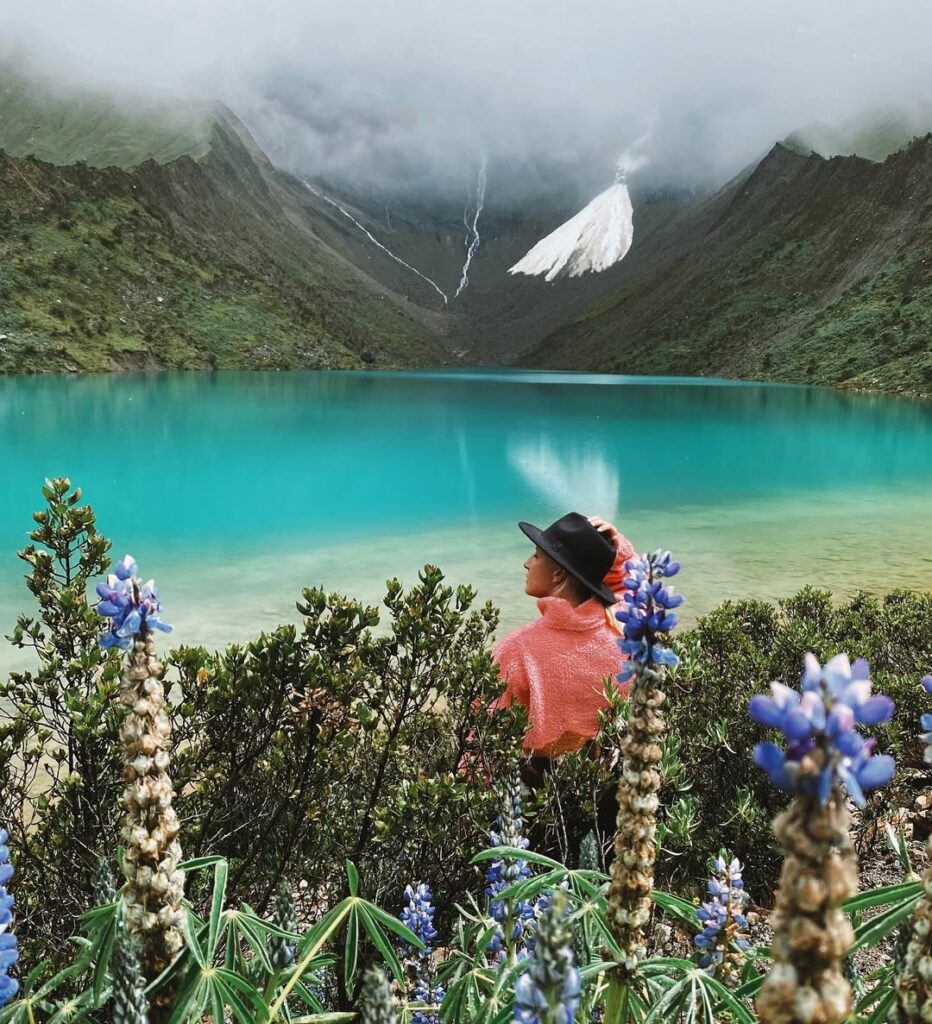
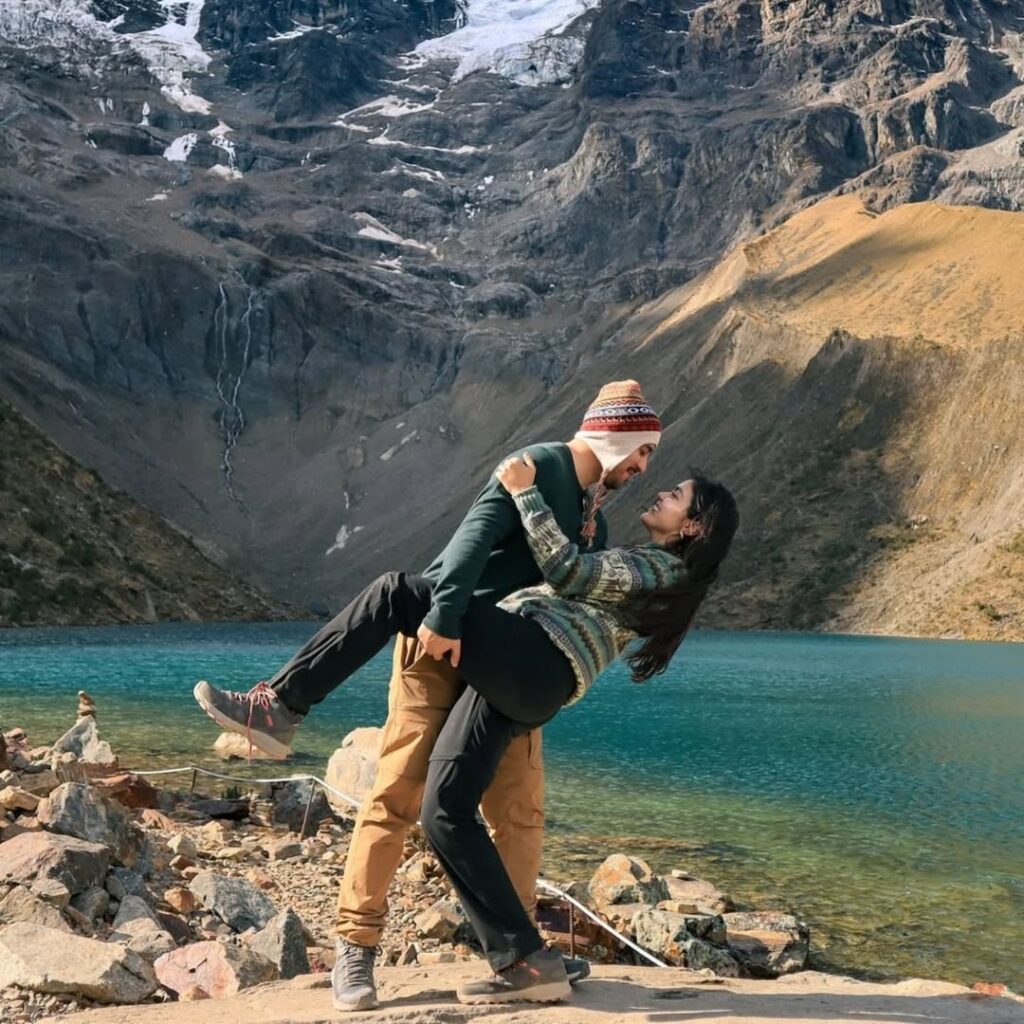
Tips for Visiting Humantay Lake Responsibly
Visiting Humantay Lake offers an opportunity to witness its breathtaking turquoise waters and stunning mountain scenery. However, with such beauty comes the responsibility of ensuring its preservation for future generations. To experience this natural wonder while minimizing environmental impact, consider the following practical advice.
Firstly, it is imperative to practice responsible tourism. This includes staying on marked trails to prevent soil erosion and protect native vegetation. Straying off paths can damage fragile ecosystems and disturb wildlife. Moreover, ensure that you do not leave any trash behind. Carry out what you bring in, including biodegradable waste. There are often designated trash bins, but if not, a small bag can suffice for waste collection during your trek.
Another important aspect of visiting Humantay Lake is to respect local customs and practices. The region is enriched with cultural heritage, and engaging with local communities respectfully can enhance your experience. Always ask for permission before taking photographs of individuals or their property, and be mindful of their customs and traditions. Supporting local businesses by purchasing handmade goods also helps foster a sustainable economy that benefits residents.
Furthermore, consider the impact of your visit on wildlife. Avoid feeding animals, as this can alter their natural behaviors and create dependencies. Observing wildlife from a distance ensures both your safety and the preservation of their natural habitat. Additionally, if you plan to swim in the lake, please understand that this can affect not only its pristine condition but also the local ecosystem. Enjoying the view and taking photographs helps maintain its natural beauty without causing disruption.
In conclusion, enjoying the stunning landscapes of Humantay Lake comes with the duty to protect and preserve this exquisite location. By following these responsible visiting tips, you can ensure that both the lake and its surrounding environment remain pristine for all to experience.
